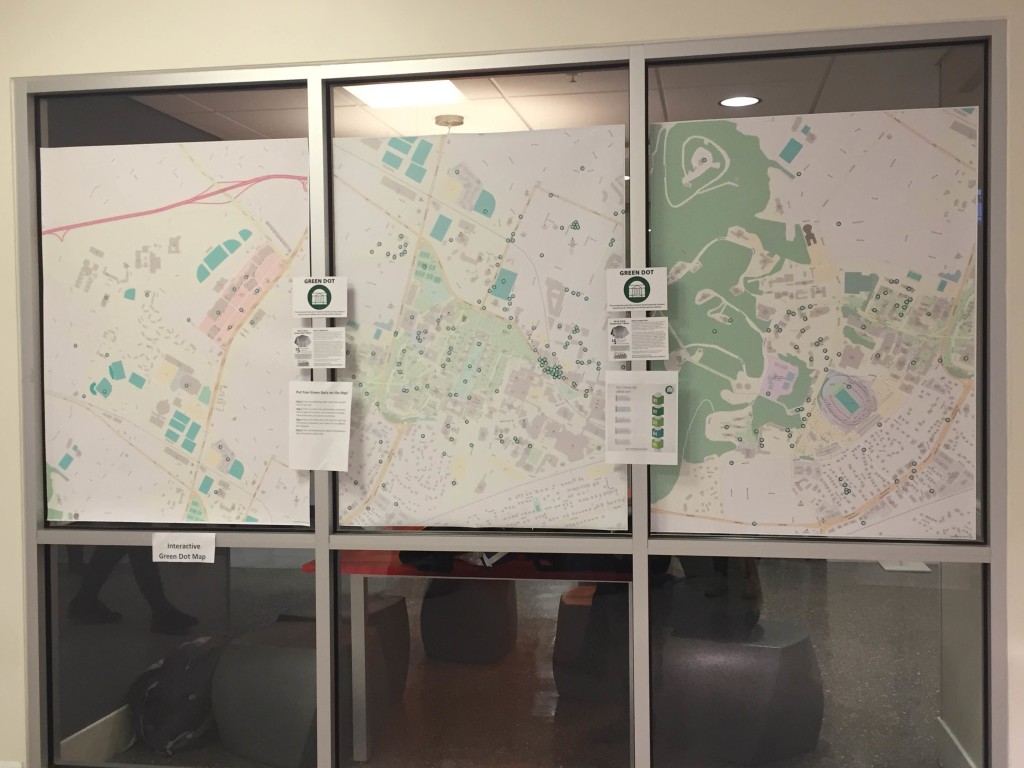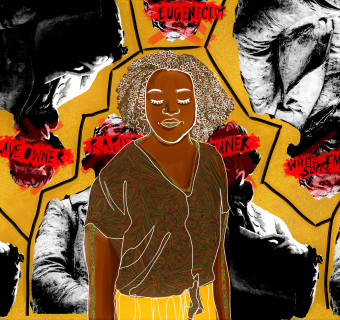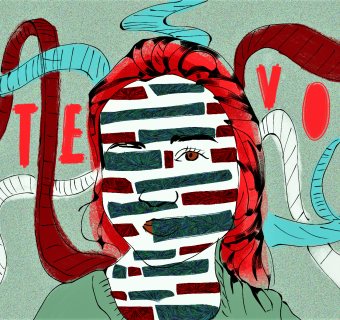
Story by Carly Gorelick
Last month I attended the six-hour student Green Dot training session with about 12 other participants. Green Dot is a nationally operating training program designed to improve bystander awareness to prevent violence, particularly sexual violence, domestic and dating violence, and stalking. The training promotes “green dots” which represent a behavior or choice that creates a safer environment. For example, a green dot could simply mean watching over your friends when drinking. Alternatively, “red dots” represent behaviors or situations that could facilitate violence. Understanding green dot vs. red dot behaviors is the core of the training program. Visually, the idea is that we will work to cover our communities in green dots, while eradicating the red dots. UVA has an interactive map, as pictured above, to depict this. For its goals, Green Dot stands as a remarkable program designed to create real cultural change, a change for which general higher education is in dire need. However, my training session revealed structural issues that make me question the potential impact of the program.
Quick introductions at my table were, frankly, predictable: two aspiring resident advisors, a Green Dot social media member and then myself, a women’s center intern. Here lies my biggest concern with Green Dot: how will this program be impactful if attendance is comprised of students who are predisposed to being interested in this issue? I signed up for Green Dot via another Women’s Center intern’s recommendation. This pattern of already-invested students attracting the same demographic undoubtedly limits the potential influence of Green Dot on our community. Any six-hour program is a deterrent for students to become involved. Though the program offers training sessions on Fridays and Sundays and in multiple locations, the time length remains problematic. Luckily, I do not have Friday classes but I still had to take off work to participate, which could certainly be an unrealistic possibility for other students. Unfortunately, operating under the direction of a national program would limit its flexibility so it feels unlikely that we could ever simply shorten the length of the training. However, a greater emphasis on Overview Talks, which are 45-90 minute presentations for particular groups, could be a more realistic way of spreading Green Dot’s core message to keep people engaged and interested during the shorter time frame and also accommodate those who cannot commit themselves to six hours. However, none of the above points should discredit the work that Green Dot does for improving the safety of our community. The program’s homepage states that a “CDC Funded study shows 50% reduction in sexual violence penetration in high schools implementing Green Dot!” demonstrating the potential of the program, at least for high schools. More convincingly, Green Dot cites the social diffusion theory, claiming that widespread behavioral change is best facilitated by “influential opinion leaders” that would promote said behavior. At the end of our entire session, the speakers passed around sheets of paper asking us to nominate student leaders that should experience training. However, If Green Dot participation remains merely suggestive, we can never ensure that student leaders go through training and ultimately disseminate their lessons via behavioral change. In this way, Green Dot lacks the potential to be as effective as necessary. Aside from the general messages to look out for one another, the program did contain a few key lessons. Firstly, the 3 D’s (Direct, Delegate and/or Distract) provide good examples of actions bystanders can realistically use to intervene in high-risk situations. The program forced the participants to come up with potential things to say or do in situational prompts, which will only make acting in real situations even easier and more natural. We also discussed the implications of using the word “stalking” so lightly. When we loosely throw “stalker” or “stalking” into conversation, i.e. “that kid is such a stalker” or the ever-popular “Facebook stalking”, we’re only belittling the danger behind the word. It becomes harder to define what stalking truly means and at what point someone should be concerned. Ultimately, nobody can deny the necessity of a program like Green Dot. Focusing on bystander intervention gives everyone an opportunity to create a safer community, which is certainly an essential goal for UVA. However, Green Dot can only be wholly effective if student leaders are required to participate and there was a greater push to find more expedient ways of learning the material. Student affiliates declined to comment on this article.






